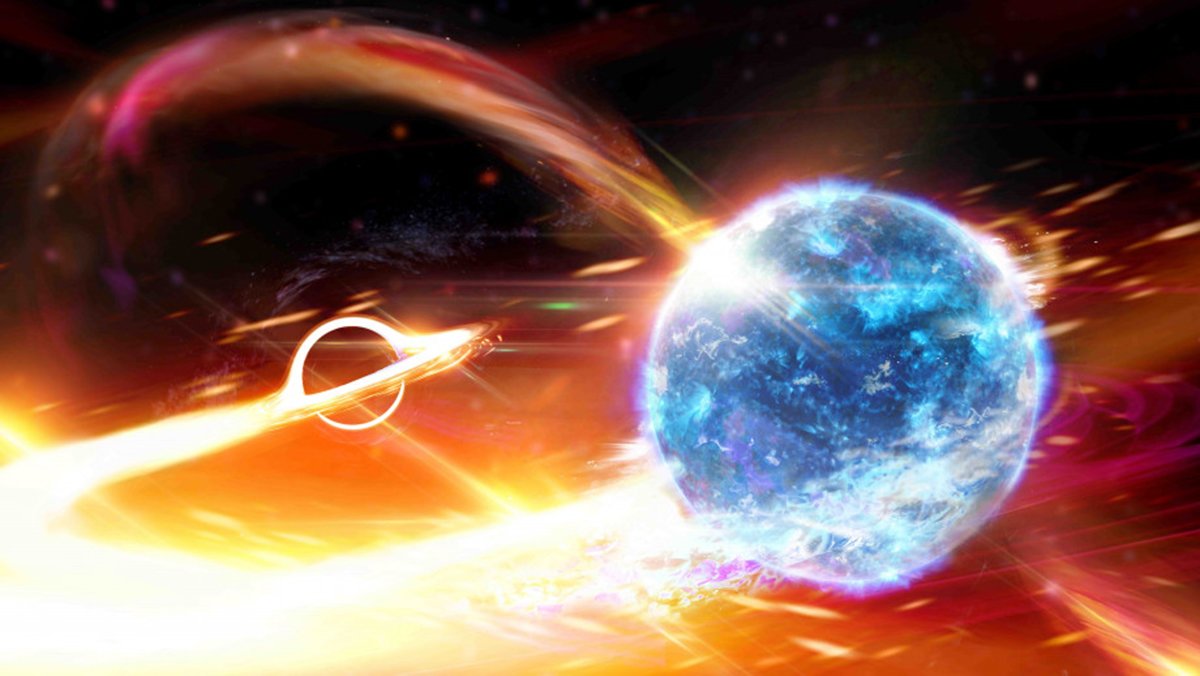Black holes and neutron stars help scientists keep track of gravitational waves and signatures they leave across space. However, while individual mergers between black holes have already been seen, scientists have found that a black hole swallowed a neutron star, a first-time discovery since the observations began.
Both black holes and neutron stars have massive densities which helps scientists detect gravitational waves. However, observing the mergers between neutron stars and black holes was specifically difficult. Two colliding black holes form a larger black hole, while two colliding neutron stars form a black hole. This new discovery was made by a team led by The Australian National University (ANU) which reported the merger between two super-dense objects, a black hole and a neutron star.
On Aug. 14, telescopes and machines tracking gravitational wave signatures detected ripples in space and time which hinted at a collision at about 8,550 million trillion kilometers away from Earth. Machines from both the U.S. and Italy detected the ripples which are believed to come from an event where a black hole swallowed a neutron star.
According to researchers who made the discovery, this detection completes the team’s trifecta of observations. Mergers between two black holes and two neutron stars have been previously observed, and now with the combined merger of a black hole and neutron star the wishlist is complete.
“About 900 million years ago, this black hole ate a very dense star, known as a neutron star, like Pac-man—possibly snuffing out the star instantly,” Professor Susan Scott, from the ANU Research School of Physics said in a statement. “The ANU SkyMapper Telescope responded to the detection alert and scanned the entire likely region of space where the event occurred, but we’ve not found any visual confirmation.”
The team that made the discovery is still analyzing the data to confirm the size between the two celestial objects. However, the already-existing data hints that the black hole swallowed a neutron star. Their final results will be published in the scientific journals.
“Scientists have never detected a black hole smaller than five solar masses or a neutron star larger than about 2.5 times the mass of our Sun,” Professor Scott said. “Based on this experience, we’re very confident that we’ve just detected a black hole gobbling up a neutron star.”
The team, however, doesn’t rule out the possibility that the swallowed object could be an extremely light black hole, which would be lighter than any black hole previously detected in the universe. So in case it’s not a neutron star, scientists would still be consoled with another groundbreaking detection.





